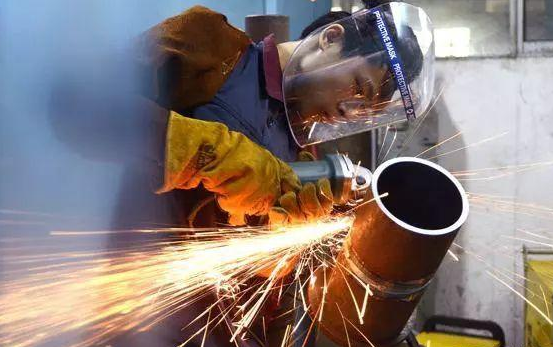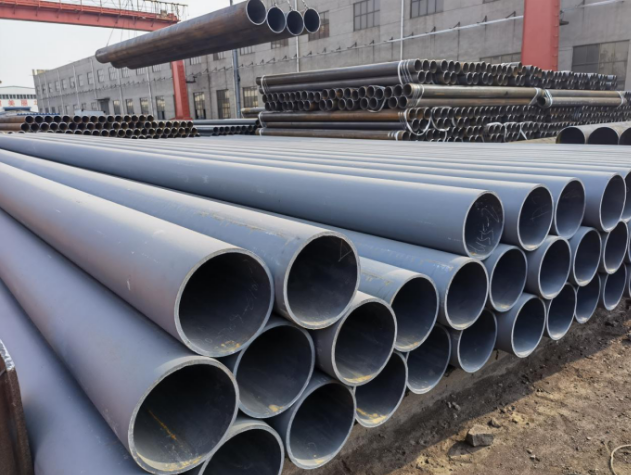
How to Eliminate Welding Residual Stress?

Welding stress is inevitable. After the welding operation, welding deformation will release some welding stress on the one hand, and will exist in the form of residual stress on the other hand, but welded components generally have residual stress and deformation.
Methods of controlling welding residual stress:
1. Under the premise of ensuring the strength of the weldment, the stamping structure is used to reduce the welding structure and minimize the number of welds. The welds should not be too concentrated to avoid excessive heat input in local areas.
2. In order to prevent the superposition of welding residual stress and external load, the welding seam is arranged outside the maximum working stress zone, so as not to affect the load-bearing capacity of the component, and to avoid excessive welding seam concentration and maintain good welding operability.
3. Use a reasonable joint method and a method to reduce local stiffness to make the weld shrink freely and reduce the stress concentration in the welded joint.
4. Use welding methods with concentrated energy density and low heat input, such as argon arc welding, ion arc welding, etc. to reduce welding residual stress.

The generation process of welding residual stress is more complicated, and the disadvantages outweigh the advantages. Therefore, effective measures must be taken to reduce welding residual stress. Commonly used methods include shot peening, laser treatment, heat treatment, vibration treatment, cryogenic treatment, and ultrasonic treatment. and many more.
Welding residual stress will affect the quality and dimensional stability of the weldment and reduce the performance. There are many methods to measure and eliminate welding residual stress. Each has its advantages and disadvantages. You can choose the appropriate method according to your needs, economic cost and operational difficulty.
Tip: By avoiding the influence of asymmetrical deformation and springback stress of the strip before welding, the residual stress in the manufacturing process of ERW line pipe can be reduced. At the same time, sizing and hydraulic test are more important procedures.


